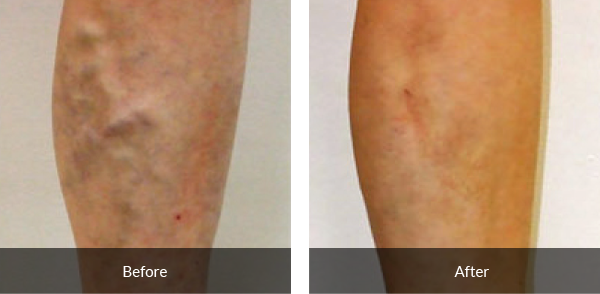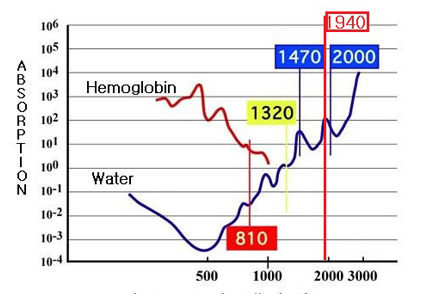Endovenous laser Treatment
Techrique of the Photoselective diode lasser Treatment
1940nm 10W

1940nm 10W
- Laser type
GaAIAs Laser Diode
- Wavelength
1940nm± 10nm
- Power
10W
- Guide Beam
650nm visible laser diode 1-4mW
- Laser Shop
Foot Pedal Switch
- cooling
air cooling
- Electrical
110/240V 50-60Hz, 650VA
- Dimensions
280(W) x 430(D) x 175(H)nm
- Delivery
SMA 905 Optical Connector, 0.22 NAM
600㎛ 3M
400㎛ 3M - Mode
Continuous Wave 0.5-15W
CW, single shot (0.01s-99.9s)
Pulse Wave 10-66Hz - Weight
27kg
Endovenous treatment of Diode Laser
Endovenous laser treatment is an ultrasound-guided procedure which is simple to perform even in a day-case unit or 'office' location. Its success rates appear to be as high as for surgical ligation and stripping while it has several distinct advantages as a procedure
-
Minimally invasive
procedure with a single tiny entry point near the knee so minimizing the risk of scarring and post operative infections. -
Tumescent local anaesthesia
is used thus eliminating the risks and expense of general anaesthesia. -
Rapid recovery
with reduced post-operative pain will mean the patient can resume normal activities immediately after treatment.
At 1940nm the ATOVEN offers the optimum wavelength for fast and comfortable endovenous laser ablation. Absorption of light at this wavelength occurs in water in the hydrated endothelial and sub-endothelial cells of the vein wall. Absorption coefficient of 1940nm is higher than 1470nm in the water. The heat generated by absorption of laser energy contracts and collapses the vein wall resulting in complete vessel occlusion and halting the formation of varicosities.
Very fast shrinkag for varicose vein
The wavelength of 1940 nm is superior to the therapeutic effect because the water absorption is higher than 1470nm.


The ATOVEN Advantage Targets water in the vessel wall.
The ATOVEN-1 1940nm laser is able to produce similar efficacy to 1470nm lasers with far less risk and side effects, such as praesthesia, increased bruising, patient discomfort during and immediately following treatment and thermal injury to the overlying skin. when used for endovenous coqultion of blood vessels in patients with superficial vein reflux.
